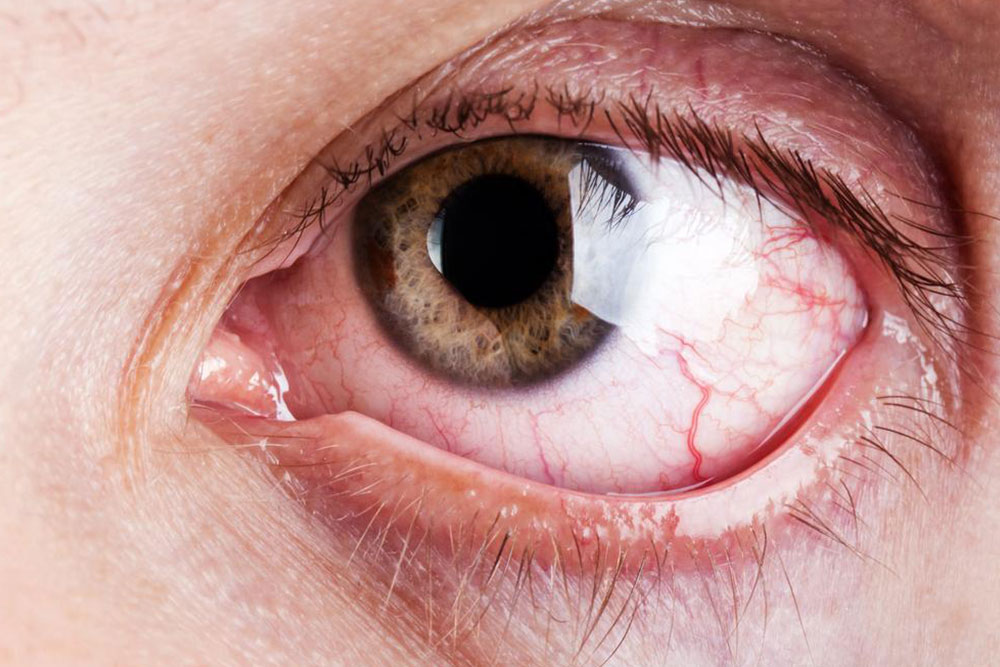Comprehensive Guide to Pulmonary Arterial Hypertension: Causes, Symptoms, and Treatment Options
Pulmonary arterial hypertension (PAH) is a rare, serious condition characterized by narrowed lung vessels, leading to increased pressure and heart strain. Early detection, appropriate management, and lifestyle changes are essential in controlling symptoms and prolonging life. This comprehensive guide covers causes, symptoms, diagnostic procedures, and treatment options to help patients understand and address PAH effectively.

Comprehensive Guide to Pulmonary Arterial Hypertension: Causes, Symptoms, and Treatment Options
Pulmonary arterial hypertension (PAH), a rare condition, involves narrowing or damage to lung blood vessels. This results in increased pulmonary artery pressure, making the heart work harder and potentially weakening it over time. While a cure remains elusive, various treatment methods can help manage symptoms and enhance life quality. Early diagnosis and intervention are crucial to slow disease progression and extend survival.
Early Signs and Symptoms
In initial stages, PAH often presents without obvious symptoms. As it advances, individuals may experience dizziness, chest discomfort, fainting episodes, fatigue, shortness of breath, rapid heartbeat, chest pain, bluish lips or skin, swelling in legs and ankles, and abdominal swelling in severe cases. Physical activities may become increasingly difficult due to breathing issues.
Causes and Risk Factors
PAH occurs when small lung vessels constrict or sustain damage, raising arterial pressure. The exact cause is often unknown, but genetic mutations, particularly in the BMPR2 gene, account for 15-20% of cases and can be inherited. Other risk factors include connective tissue illnesses, infections like HIV or schistosomiasis, chronic liver disease, congenital heart defects, recreational drug use, fat-burning drugs, and environmental toxins. When no specific reason is found, it is classified as idiopathic PAH.
Diagnostic Methods
Diagnosing PAH involves several tests to evaluate heart and lung health, such as:
Chest X-ray: to detect enlarged pulmonary arteries
MRI or CT scan: to identify blood clots in the lungs
Electrocardiogram: for heart rhythm evaluation
Echocardiogram: to assess heart structure and pressure in pulmonary arteries
These tests help exclude other conditions and confirm the diagnosis of PAH. Treatment and Management
Currently, no cure exists for primary pulmonary hypertension. Management focuses on symptom relief and complication prevention. Treatment options include:
Medications: vasodilators and drugs for related conditions
Surgical options: procedures such as atrial septostomy or, in severe cases, lung or heart transplants
Lifestyle modifications: healthier diet, gentle exercise, weight control, and quitting smoking to promote overall health
Early diagnosis, consistent care, and lifestyle adjustments are vital for improving prognosis, underscoring the importance of medical consultation when symptoms surface.

